I started my journey on vegan Candida diet 11 months ago and I think it’s about time I briefed you on my results, experience, failures and success.
Before I continue, let me direct you to read my Guide to Candida Overgrowth: Causes, Symptoms, Testing and Treatment should you need a good summary on the topic.
For a FULL GUIDE Download my FREE EBOOK on Candida Overgrowth!
I went on Vegan Candida Cleanse in August 2016 excluding all fruits, legumes, gluten, starchy veggies, peanuts, corn, rice, coffee, black and green tea, vinegar, yeast and artificial sweeteners from my diet. I was left with non-starchy veggies, buckwheat, millet, quinoa, oat bran, tofu, tempeh, soy yogurt, chicory coffee, seeds, nuts, coconut, and avocados. How did I manage?
My Experiences on Vegan Candida Diet, The Cleanse
Although I did not start with antifungals and probiotics straight away, I still experienced Candida die-off symptoms:
- I had headaches for 4 days starting from the second day. It was quite bad for the first two days, but I still managed to do without any painkillers. On the third and fourth day it already got milder and was quite bearable.
- Next, I experienced dizziness and lack of energy. Part of it was certainly due to the fact that I just couldn’t eat as many calories as I was used to. Starches and fruits give a lot of energy, but as these were taken away I needed to get used to new quantities and eating habits. Being already quite thin, I even lost a kilo in the beginning, but gained it back pretty quickly.
Watch what to eat on vegan Candida cleanse diet:
I used the following probiotics and anti fungals:
- Canxida Remove – anti-fungal, anti-parasite, and anti-bacterial. Code nele5 for 6% off.
- Canxida Restore – probiotics and digestive enzymes. Code nele5 for 6% off.
- Canxida Rebuild – 32 different vitamins, minerals, special nutrients, and 9 herbal medicines. Code nele5 for 6% off.
You can use the code “nele5” for 6% off on the above supplements (I’m an affiliate and earn a percentage if you decide to buy).
Furthermore, I made my own antifungal and anti-inflammatory shots.
Furthermore, for some time I also took Balance One probiotics that have 15 billion CFUs of bacteria, 12 long-lasting probiotic strains, and time-release tablets that get the probiotic bacteria straight to your gut. It’s also shelf stable and can be taken at any time of day, with or without food.
Get 15% off when using my code “nutrisale”.
Reintroducing Foods on Vegan Candida Diet
After staying on vegan Candida cleanse for 6 weeks I started to re-introduce foods back into my menu:
- 1st and 2nd week – I switched back in menu (one-by-one) without any symptoms: lentils, brown rice, beetroot, raw cocoa, blueberries and raspberries (as garnish).
Foods that I tried, but that caused some symptoms to return: chickpeas, red beans, grapefruit and unsweetened applesauce. - 3rd and 4th week – I re-introduced without any symptoms: butternut squash, sweet potato, parsnips, mung beans and chickpeas.
- 2nd month – I re-introduced without any symptoms: gluten-free jumbo oats, white and black beans.
Foods that I tried, but that caused some symptoms to return: dates and nutritional yeast. - 6th month – finally I could have fresh fruits (yes!), except bananas. I eat mainly oranges, kiwis, melons, apples, pears, berries and grapefruit.
- 7th month – next came nutritional yeast (max 1 tbsp. a day and not every day) and an occasional splash of agave syrup or coconut nectar.
- 8th month – and finally, I added back bananas, but in a very small quantity (⅙ of a big banana).
I’ve gathered my research and experience into reintroduction meal plan that you can find together with cleanse plan in my Ultimate Vegan Candida Diet Plan Bundle.
New Information on Vegan Candida Diet
Even if my symptoms withdrew, I still experienced blood sugar highs and lows. This, in my experience is one of the main contributors to candida overgrowth. So, I continued to search for more information. After being on the diet for about 2 months I discovered Yeast Infection No More by Linda Allen. Her book taught me about the importance of low fat diet when fighting candida. I also switched brown rice back into my menu without any adverse effects. Yeast Infection No More is also available in Spanish, Italian, Portuguese, and German.
Now, my blood sugar was doing fine for some time. However, I started to have the fluctuations again after a while. Whenever I experience blood sugar highs and lows for 2 consecutive days I can be sure that at least one of my symptoms start to emerge. Usually, it is itching or sore corners of my mouth. As soon as I get back on track, the symptoms withdraw. Thus, I concluded that it is not only about the right and wrong foods, but also about right food combining, the amounts I eat at one mealtime as well as the regularity of my mealtimes. As a result, I’ve put down the principals that keep me Candida free in a separate blog post Vegan Candida Diet – Living Candida Free After The Cleanse.
Finally, I found the ultimate book on Candida diet!
However, it didn’t end there! I was still struggling with my blood sugar (especially after breakfast) when I stumbled upon the ultimate guide to beating yeast infection – a very thorough 700-page book The Candida Crusher by naturopath Eric Bakker from New Zealand. He has successfully treated thousands of patients over the past 25 years and I found great value from his book. Among all the vital information, he emphasises the importance of high-protein breakfast accompanied by healthy fats. This is when I drastically diminished my grain consumption and started to sprout my legumes before cooking. Apparently sprouting decreases carbohydrate content and increases protein and soluble fibre content of grains and legumes. I created recipes like Mung Bean Porridge, Yogurt Parfait, Protein Balls and Vegan Paleo Brownies. (updated in June 2018)
What’s next?
I understand that compiling a balanced meal plan that would meet all your nutritional needs might be a bit overwhelming. Therefore, should you feel the need for help, check out my Vegan Candida Diet Plan Bundle.
Download my FREE EBOOK on Candida Overgrowth!

Mycozil is a unique, all-natural formula designed specifically to support the body’s natural balance of yeast and fungal organisms. It’s made with potent herbs and enzymes that work with your body’s internal defenses to protect against the spread of harmful organisms.
Disclosure: this post contains affiliate links. As an Amazon Associate, as well as BalanceOne and Global Healing affiliate I earn from qualifying purchases. For every purchase made from the links in this post, you’ll be able to support my work. So you can look after your health, and contribute to my mission at the same time. Thank you!
Disclaimer: this information is based on my own research and personal experience and is not intended to be a substitute for professional medical advice. Users should seek their own professional counsel for any medical condition or before starting or altering any exercise or diet plan. It is your responsibility to know your health and nutritional needs.
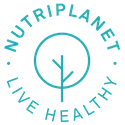
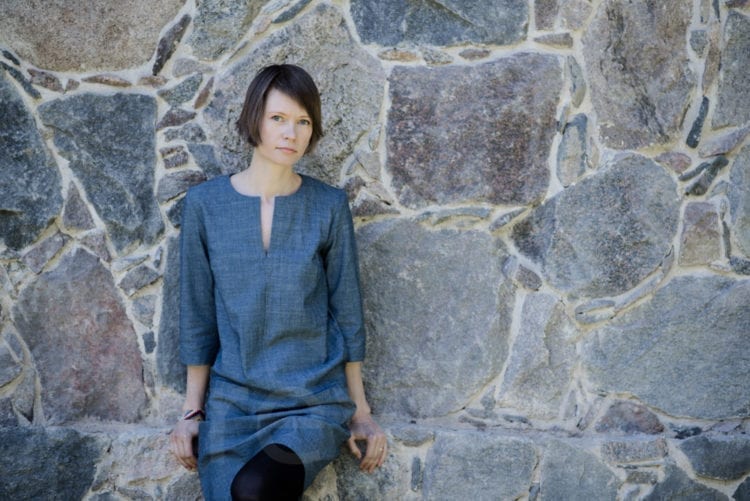
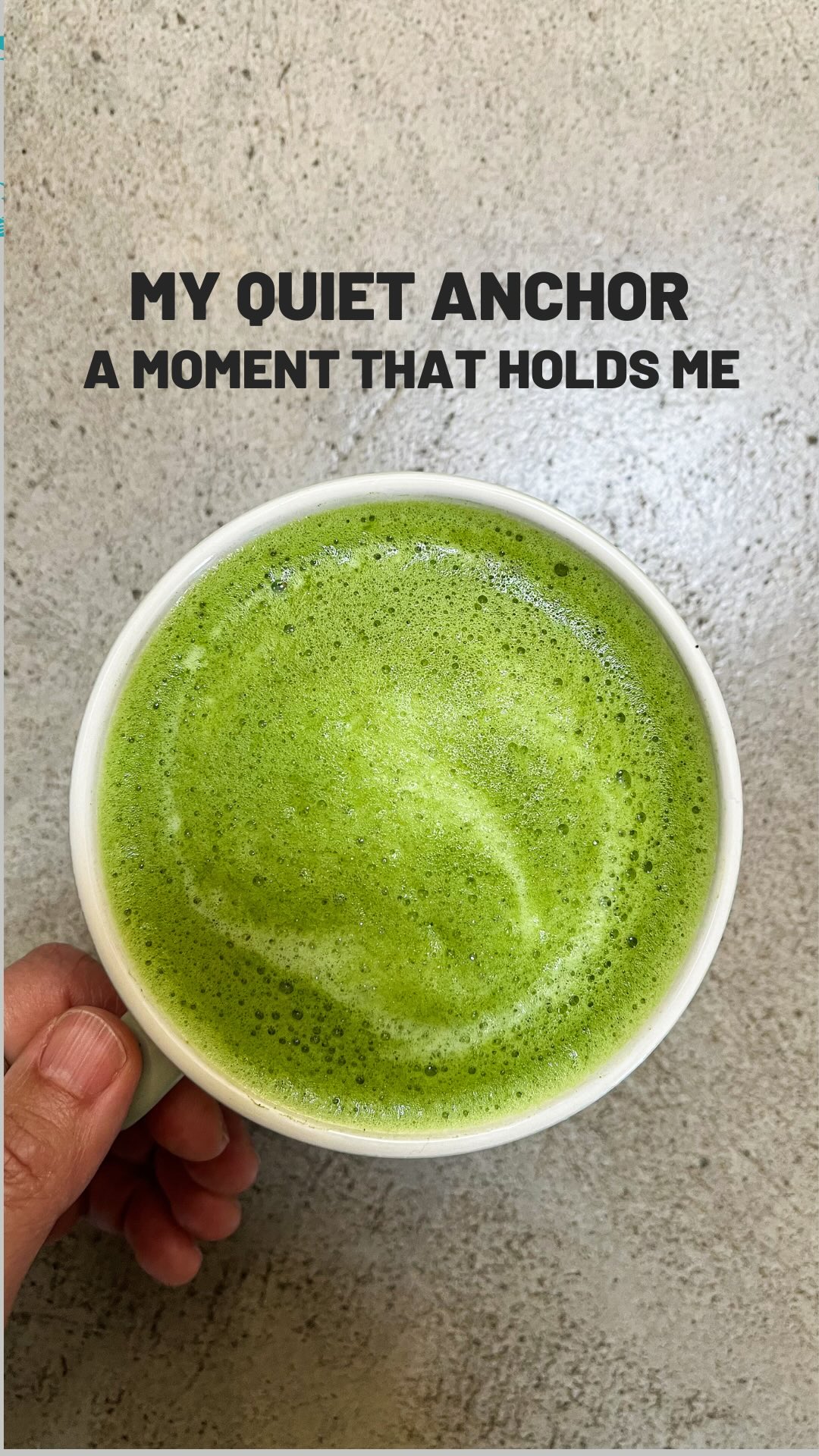











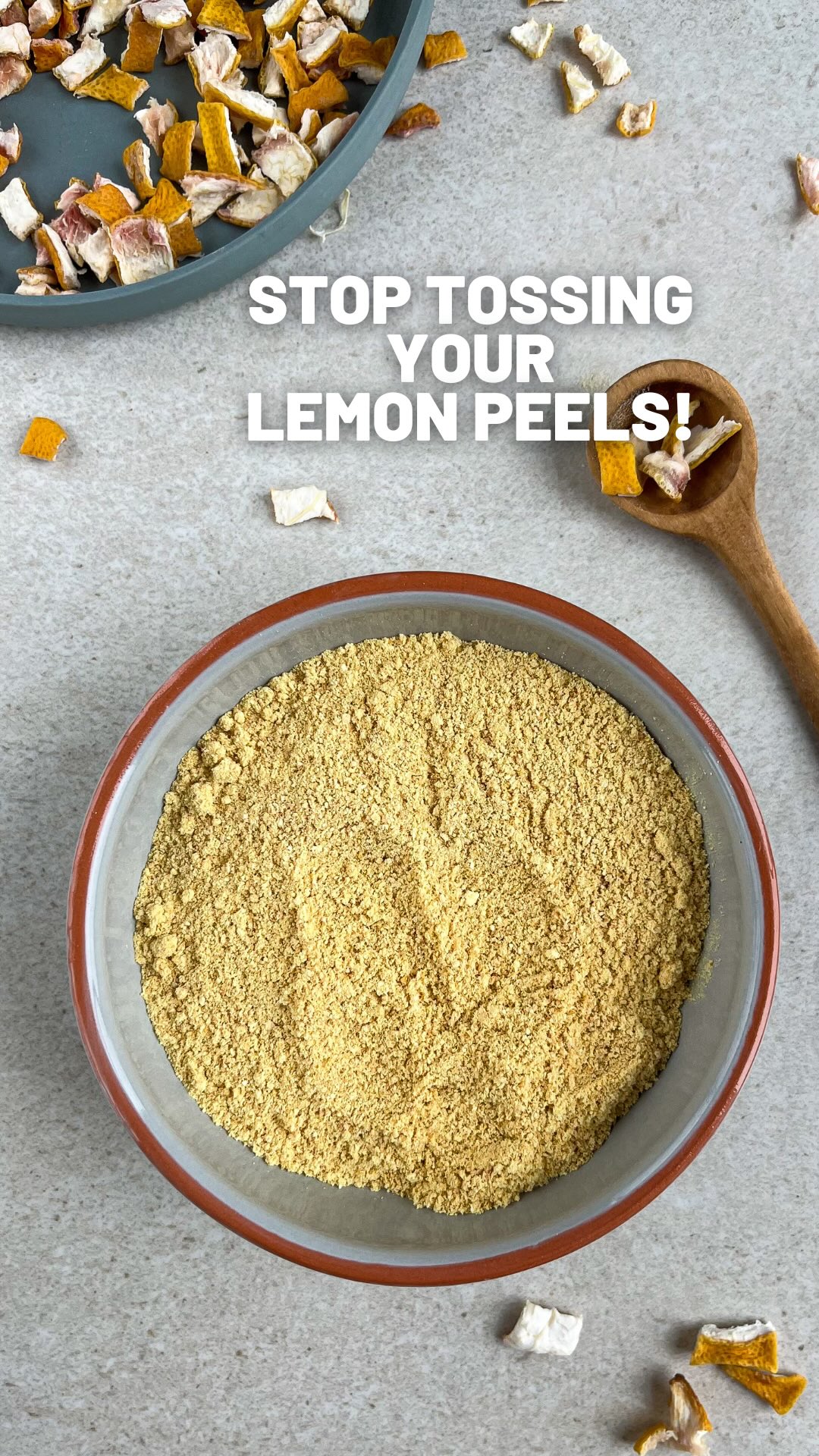
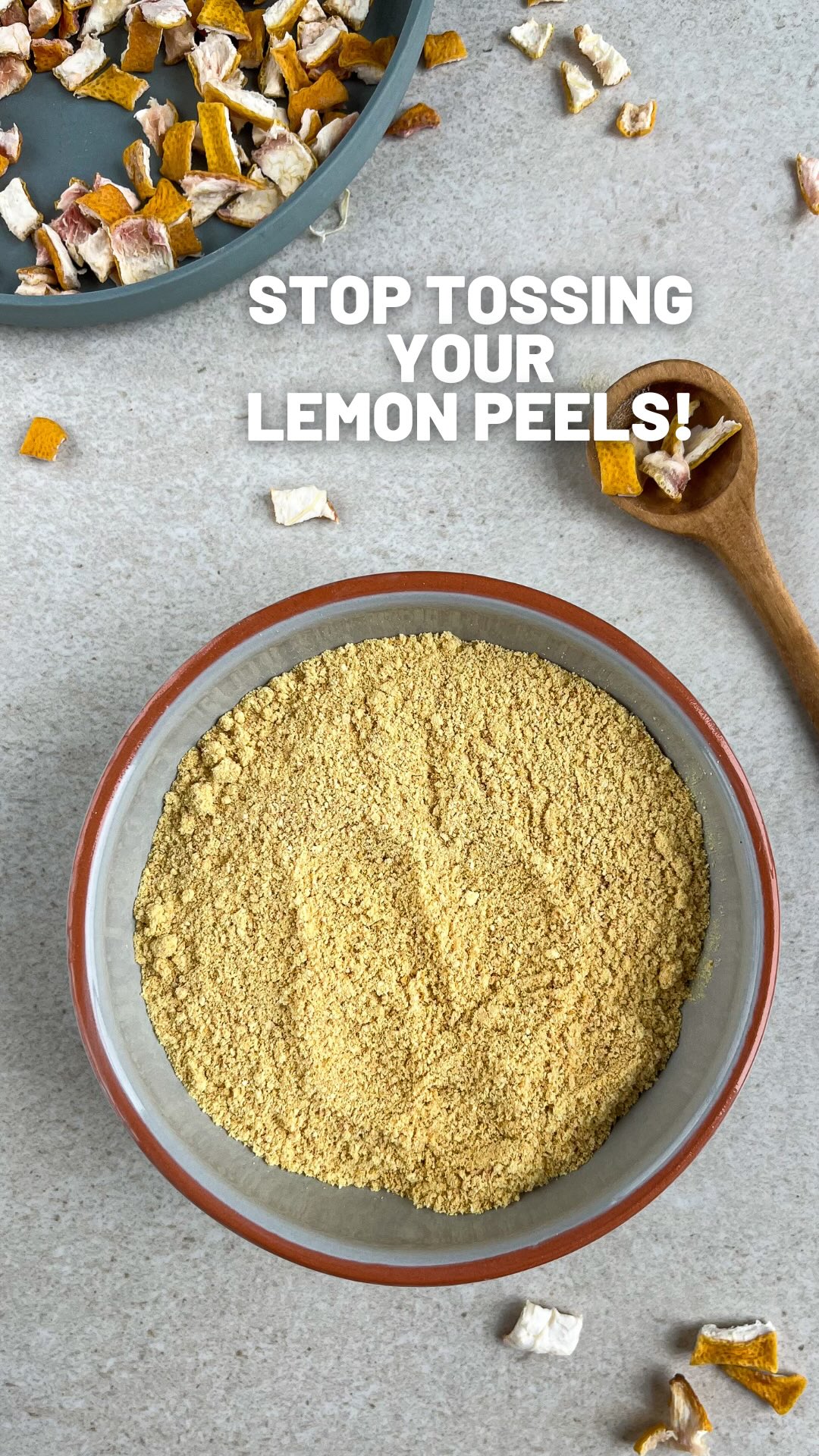

















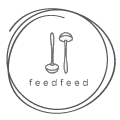
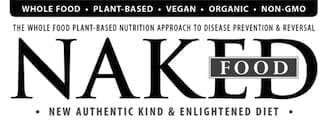

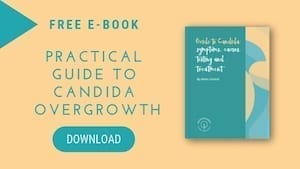

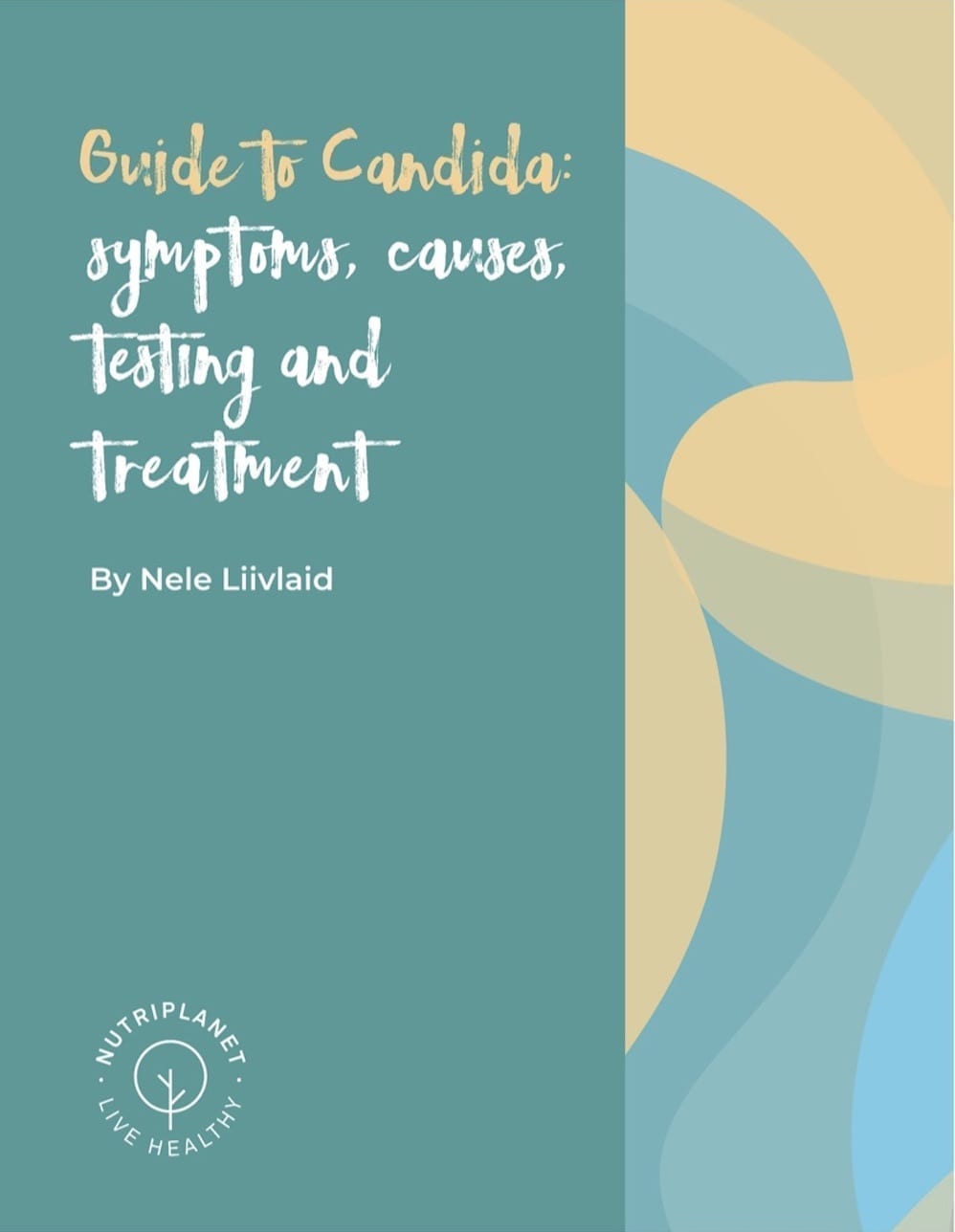
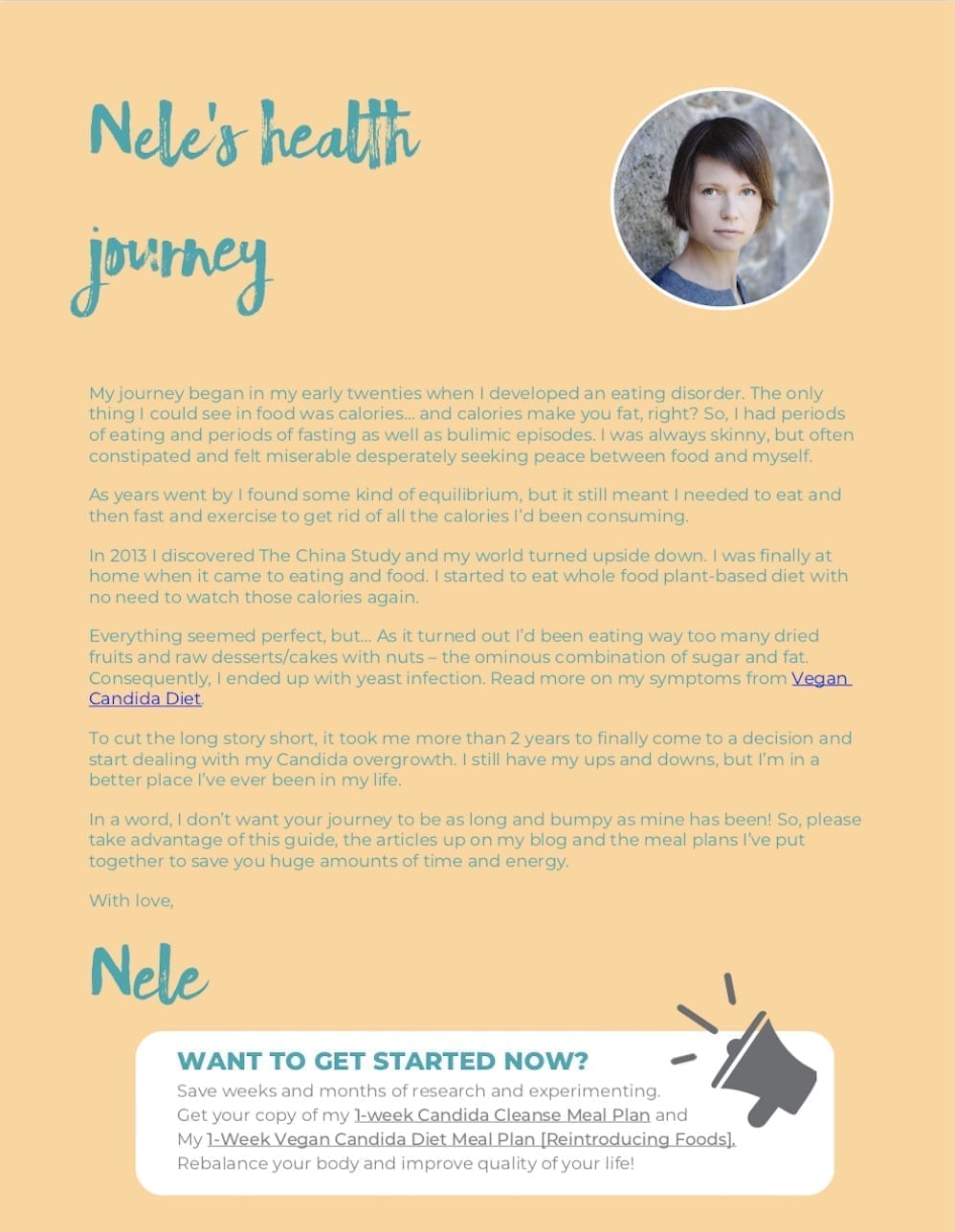
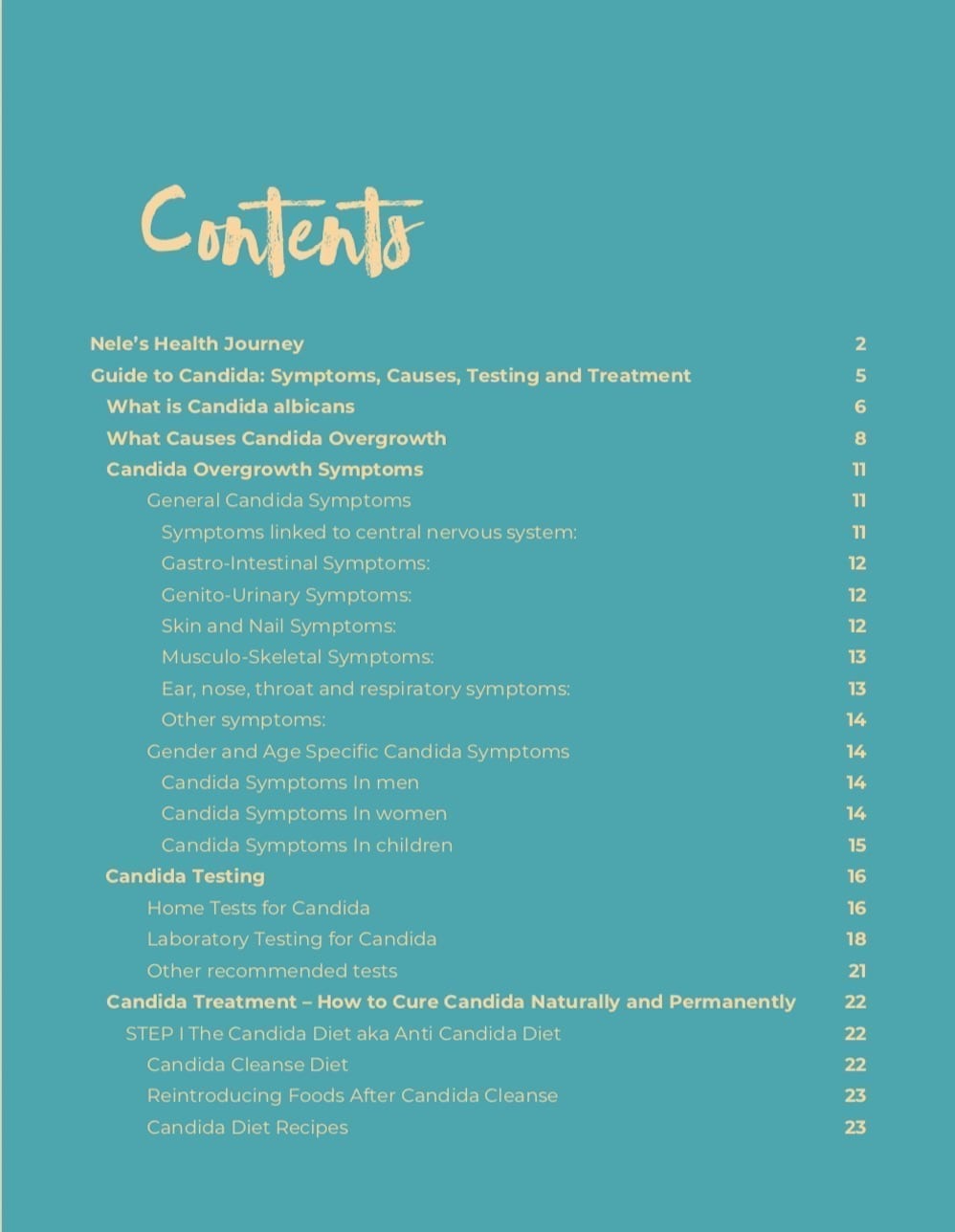
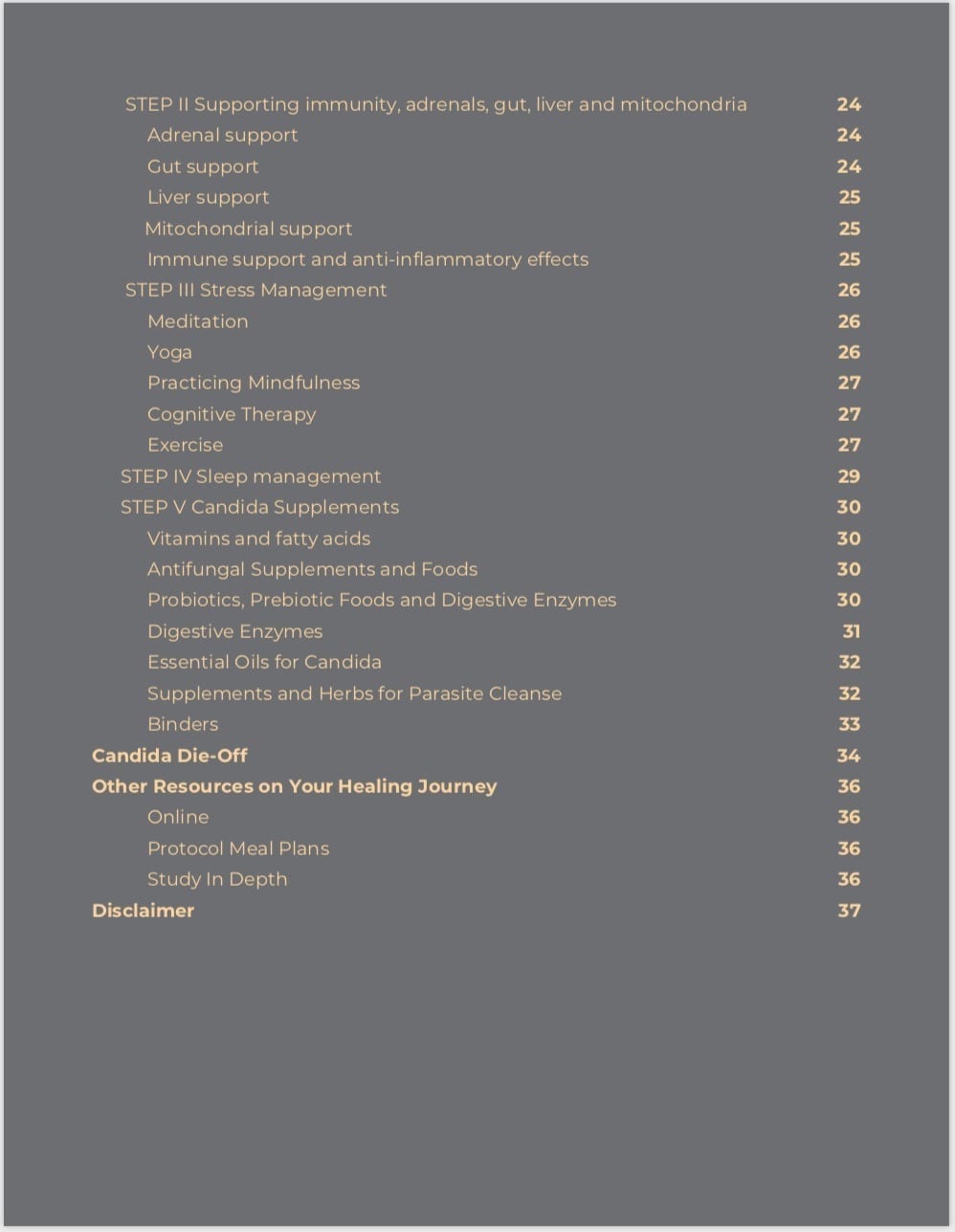
Hello Nele! I am reading your articles about Candida and they seem very interesting. Thank you for sharing them.
I wanted to ask you a question. Did you include grains like buckwheat, millet, quinoa, oats from the begininng? I know carbs turn into sugar eventually, so I am very confused whether I should eat them or not. Same with sour fruits, like a green apple.
Second thing, you’re mentioning that low fat diet is crucial. I am wondering why (candida doesn’t feed on fat). Also, when you eliminate sugar and carbs in bigger quantities, you need to gain energy from some sources, and I thought fat could be the “best” option in terms of Candida.
So it all comes to a question what’s safer to eat: grains, starchy veggies, fat? Or maybe milet/coconut flour to make some pancakes?
I’ve been eating eggs for breakfast for nearly 5 weeks and am looking for a substitute 🙂
Could you let me know what you think, if you have a free minute?
Thank you so much in advance!
Magdalena
Hello Magdalena!
I’m glad you reached out!
Have you read my post https://www.nutriplanet.org/2017/07/living-candida-free/
From the post:
High fat diet (more than 25% of total daily calorie intake) can cause blood sugar swings, which triggers pancreas to produce excessive insulin. Furthermore, eating too much high-fat foods (oils, nuts, seeds, avocados, coconut, and olives) increases blood fat levels as well. Fat in the bloodstream can build up inside the muscle cells blocking the insulin signalling process. No matter how much insulin there is in the blood, it’s not able to do its job properly, and blood sugar levels build up in the blood.
Unfortunately Candida feeds on the large amounts of sugar in the blood stream. Moreover, your liver will be under stress by the extra insulin produced by the pancreas. You wouldn’t like that because liver is responsible for clearing toxins, fight inflammation and balance hormones. Hence, living Candida free means you’d need to embrace low-fat diet!
Buckwheat, millet, oat bran, quinoa and amaranth are all included in Candida cleanse diet. I excluded all fruits, legumes and starchy veggies during the cleanse, even apples.
I hope this helped!
Would you be interested in receiving information about my Candida cleanse and reintroduction meal plans?
All the best!
Nele
Hi! Thank you for answering 🙂
Yes, I’ve seen the article about low fat diet after I posted my comment, sorry about that. Yes, I’m interested, however I’m planning to stick to the cleanse for a few more weeks before I reintroduce other things 🙂 But let’s talk about it on email maybe? Regards, Magdalena
I’ll send you email! 🙂
Hello, thank you for your helpful page. You mentioned that Linda Allen’s program taught you about the importance of low fat but I looked at her program and it seemed to be promoting lots of oils, fats and eggs during the healing phase. Am I looking at the wrong program? If so can you send me a link to her book where she outlines lowfat?
Hi Beth,
She says that no more than 25% of calories should come from fat. The link to her book is http://bit.ly/CandidaPresentation
However, I’ve learned that one size does not fit all — the actual percentages and quantities are very individual. Some people do well on a very low fat diet (about 15% of kcal from fat) while others would feel terrible. It’s really a matter of trial and error for anyone to find the optimal/right ratios for themselves.
It’s interesting how every Candida diet is soooo different. The Body Ecology diet includes pseudo grains. The GAPS (has greatest success among autism recovery) believes strongly in high unrefined fats for cleansing. And of course fermented foods. What I get from all this is that you should tailor a diet to your bodies needs
Some people can’t have any grains, some people need them. Some people benefit from keeping honey, some don’t…
Hi Kristine,
Yes, you’re absolutely right! There is no one-size-fits-all diet. Furthermore, it’s always never just Candida, but all myriad of underlying issues, e.g. parasites, bacterial infections, heavy metal toxicity and most of all… stress.
Some people do well with a bit of fruit even in the cleanse phase while others need to go completely fruit-free. Same goes for starchy veggies. Some people don’t do well with grains, but can include properly soaked/cooked legumes (better even sprouted). Some are better on low-fat diet and some need more fats etc. So, yes, it’s impossible to find a plan online that’d suit every person’s need. This is what I also emphasise in my meal plan — it’s an excellent guideline, but you need to figure out what’s correct for your personal needs by trial and error.
All the best!